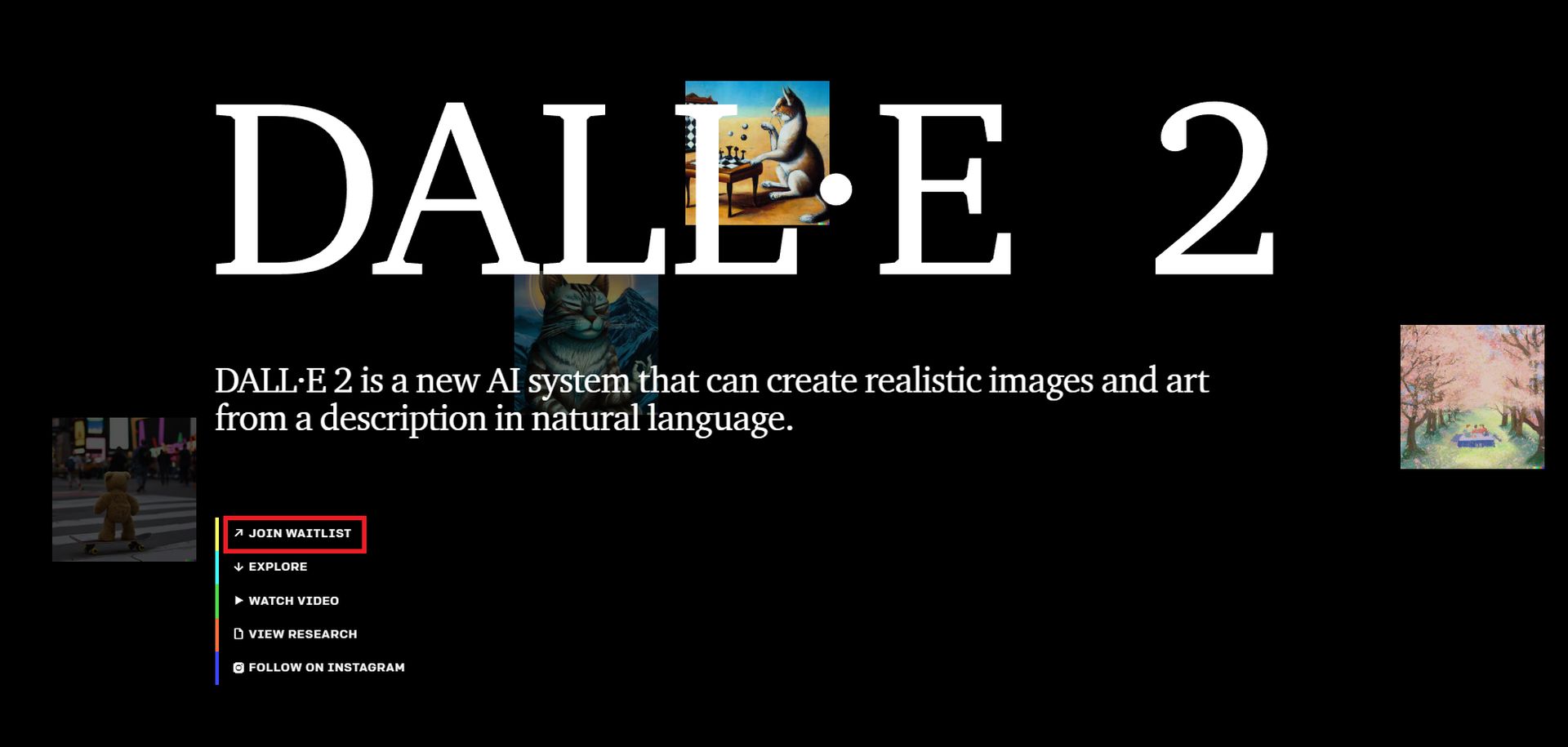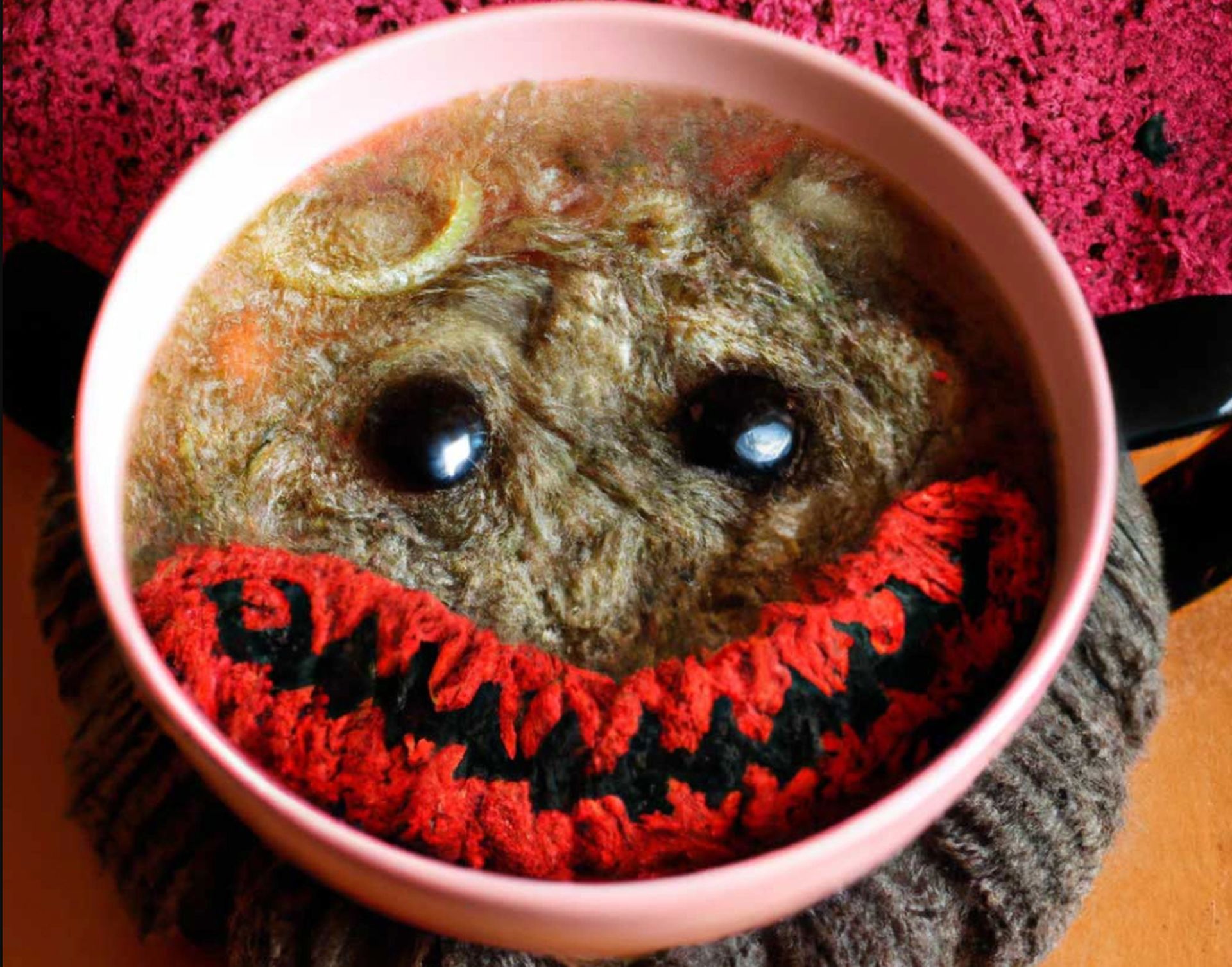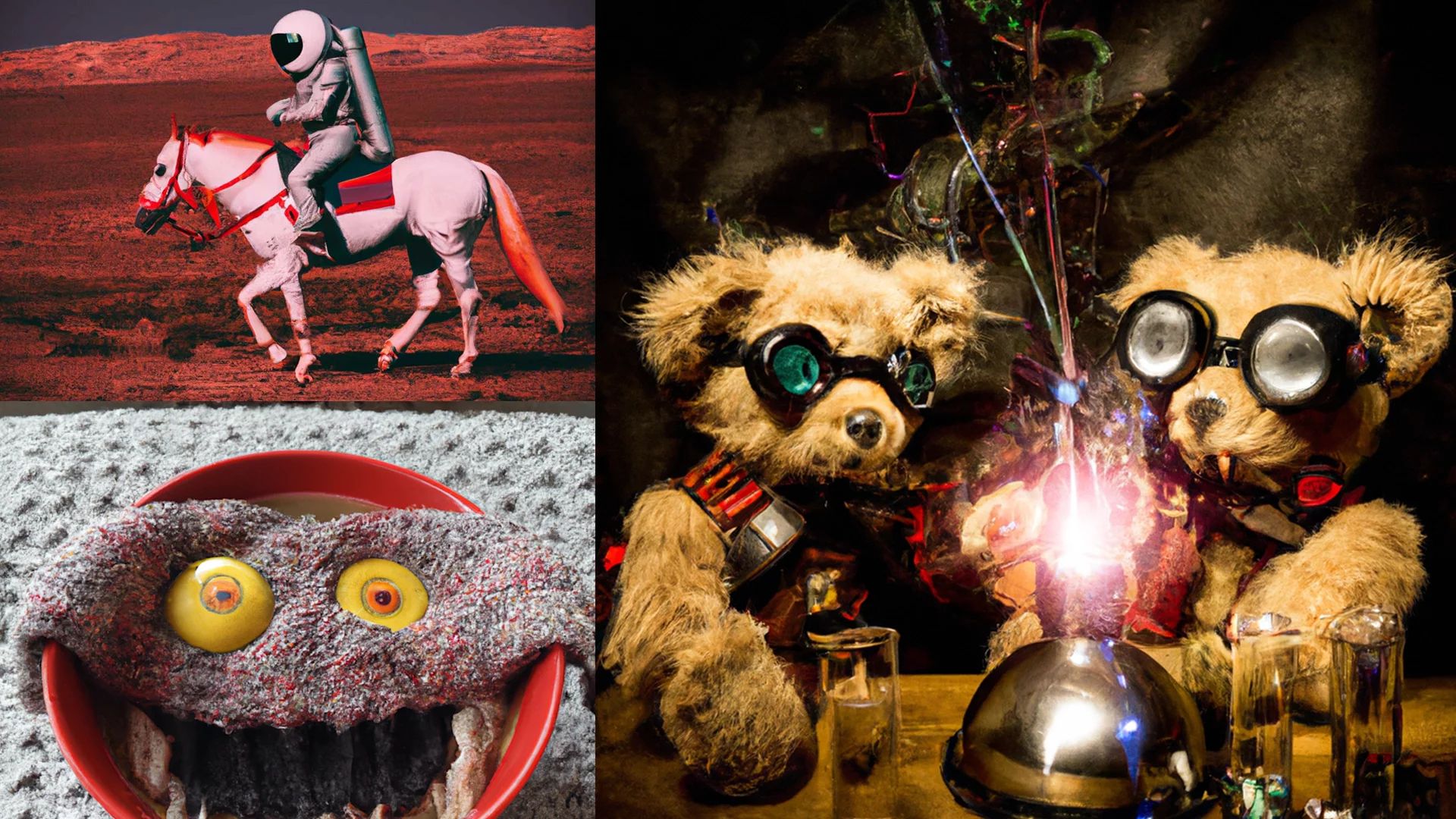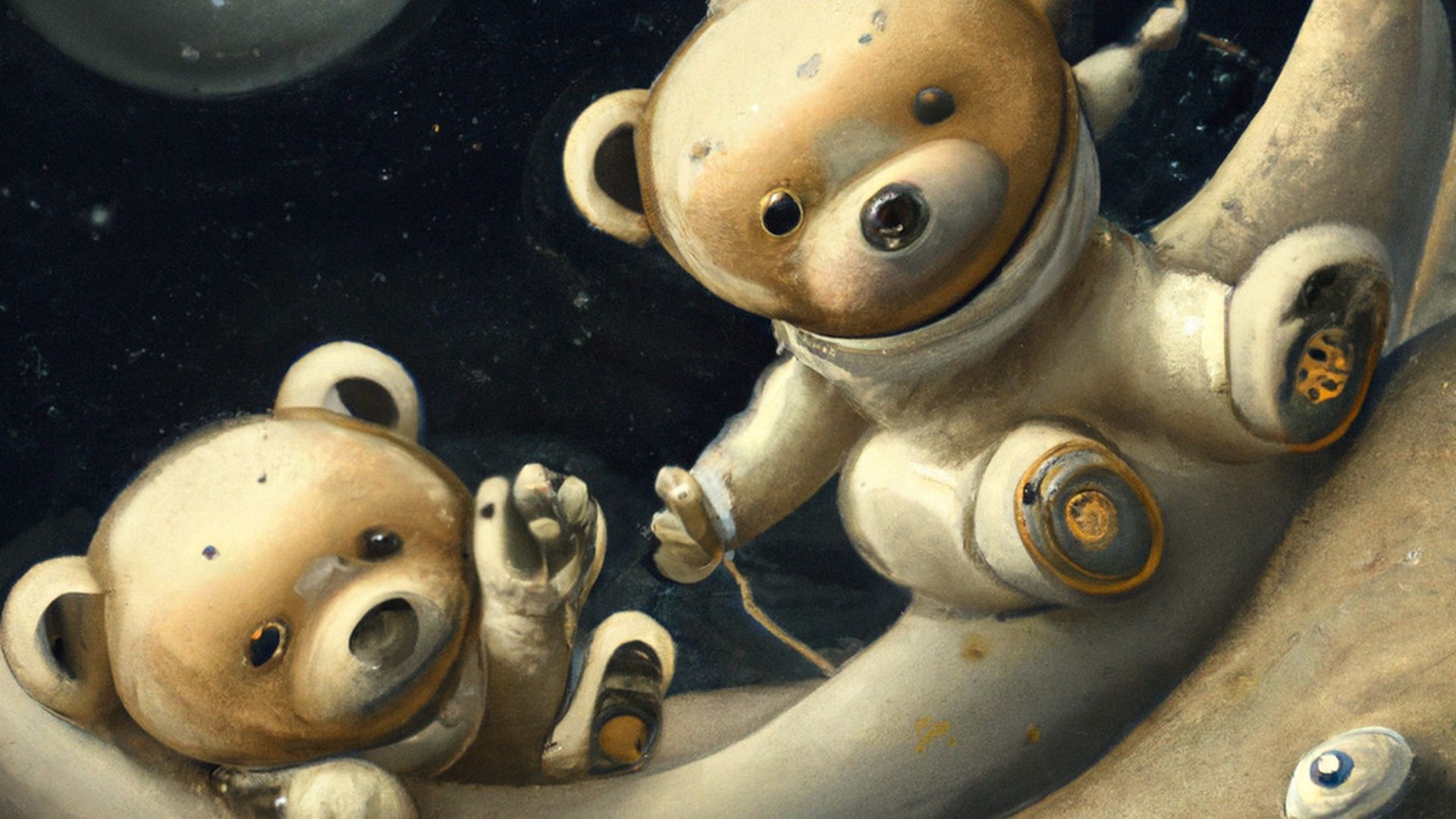Today we are going to answer some important questions about the trending image generator AI, DALL-E 2. Can you use it, is it free, how does it work and more details will be discussed below.
Can you use DALL-E 2?
Today, DALL-E 2, an AI system from OpenAI that can create photos from scratch or edit and improve ones that already exist, is becoming more readily accessible. In a blog post, the business said that it would give consumers on the waitlist faster access in an effort to reach about 1 million individuals in the upcoming few weeks.
How to join DALL-E 2 whitelist?
You can join the whitelist by visiting the official site of the platform.

Is DALL-E 2 free to use?
DALL-E 2, which was previously free to use, will switch to a credit-based fee structure with the “beta” debut. A limited number of credits will be given to first-time users, which they can spend to produce, edit, or modify images. (Generations yield four photos, compared to edits and variants’ three.) Users can purchase more credits in $15 increments, or credits will reload every month at a rate of 50 in the first month and 15 thereafter.
Check out the table for details:

According to OpenAI, artists who require financial assistance will be able to request for discounted access.
DALL-E 2 is the sequel to DALL-E. It was released for a limited number of customers early this year and recently surpassed the 100,000 user mark. According to OpenAI, the expansion of access was made feasible by new methods for reducing bias and toxicity in DALL-E 2’s generations as well as changes in the laws governing the system’s output of images.
When given a cue depicting a person of an undetermined race or gender, for instance, OpenAI claimed that last week deployed a method that encourages DALL-E 2 to provide photos of people that “more accurately reflect the diversity of the world’s population.” The business added that it is now rejecting image submissions with realistic faces and attempts to imitate well-known public personalities, including politicians and celebrities, while also enhancing the precision of its content filters.
In general, OpenAI prohibits the usage of DALL-E 2 to produce images that aren’t “G-rated” or that “cause harm” (e.g., images of self-harm, hateful symbols or illegal activity). Additionally, it formerly prohibited the usage of created photos for profit. However, as of right now, OpenAI is allowing users to monetize the photographs they produce using DALL-E 2, including the right to reprint, sell, and merchandise – including the images they produced during the early preview.
Image-generating AI can very readily detect the biases and toxicities hidden in the millions of web photos used to train them, as shown by DALL-E 2 variants like Craiyon (formerly DALL-E small) and the unfiltered DALL-E 2. Craiyon was inspired to draw pictures of burning crosses and Ku Klux Klan gatherings by futurism, and it was discovered that the system generated racial inferences about identities based on “ethnic-sounding” names. An open source implementation of DALL-E, according to OpenAI researchers, can be trained to form stereotyped connections, such as conjuring pictures of white guys in suits when given terms like “CEO.”

Although the OpenAI-hosted version of DALL-E 2 was trained on a dataset that had photos with blatantly offensive, violent, or sexual content removed, filtering has its limitations. Google recently announced that it would not make its Imagen AI-generating model available owing to the possibility of abuse. Meanwhile, Meta only allows “prominent AI artists” to access Make-A-Scene, its art-focused image-generation technology.
The hosted DALL-E 2, according to OpenAI, includes additional precautions including “automated and human monitoring systems” to avoid things like the model learning faces that frequently appear online. The business acknowledges that there is still work to be done.
“Expanding access is an important part of our deploying AI systems responsibly because it allows us to learn more about real-world use and continue to iterate on our safety systems. We are continuing to research how AI systems, like DALL-E, might reflect biases in its training data and different ways we can address them,” stated OpenAI in its blog post.
How does DALL-E 2 work?
- A text encoder that has been taught to map a text prompt to a representation space is first given a text prompt.
- The semantic information of the prompt contained in the text encoding is then captured by a model known as the prior, which maps the text encoding to a corresponding image encoding.
- Finally, a stochastic image decoder creates an image that represents this semantic data visually.

Is DALL-E free to use?
The Dall-E mini software is a forerunner to the more advanced Dall-E 2, however even though both platforms make use of the same software, they take completely distinct approaches and achieve very different results.
First of all, Dall-E 2 is a paid program with a lengthy waiting for entry. On the other side, anyone can utilize Dall-E small for nothing. This does imply that Dall-E mini can occasionally become unavailable due to heavy traffic and delayed load speeds.
The tiny version also has trouble matching the original’s level of quality. Prompts frequently appear fuzzy or of poor quality. Contrarily, Dall-E 2 is generally accurate and of a high caliber.
The other distinguishing quality of Dall-E mini is a stronger grasp of pop culture. If you want more details, learn what DALL-E Mini is from our guide. You can also learn how to fix Dall E Mini “too much traffic” error, from this article!





